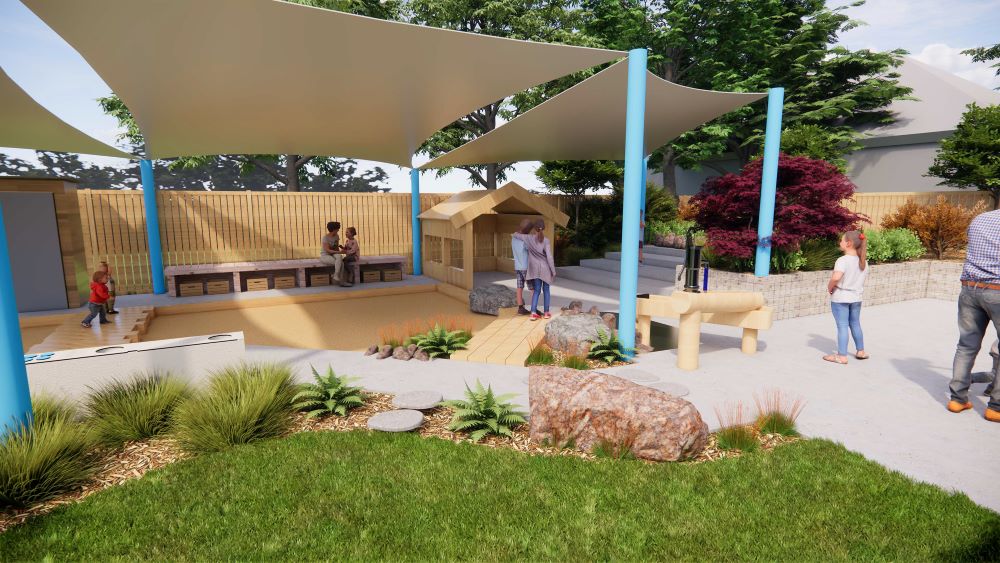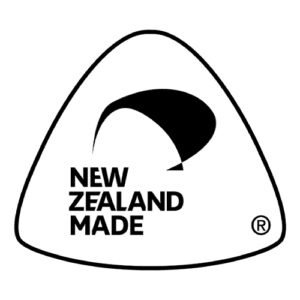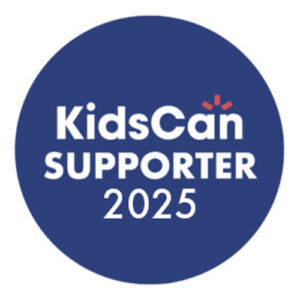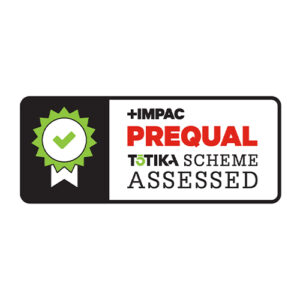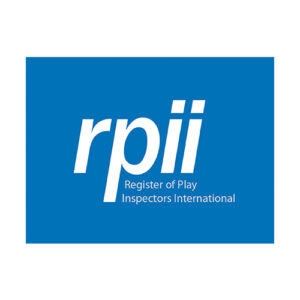The importance of a playground in a child’s development cannot be overstated. A playground or playspace serves as a central hub for fun, learning, and growth, offering children opportunities to develop skills, socialise and experience the joy of play.
Designing and building a functional, multi-purpose and low maintenance playspace for your early childhood centre can be challenging due to the limited space most early childhood centres have to work with. However, our award-winning Playspace Design experts are here to help! Read on for our top six playspace design considerations when creating an enriching playspace for your early childhood centre.
1. Create a Continuous Flow
A continuous flow is one of the most important features in a playspace design. Flow (or circulation) is the way a landscape moves you through and around a playspace. For early childhood centres, creating a continuous flow ensures easy and safe navigation through and around the playspace, which helps to prevent accidents. It also engages children to play in each area, allowing the full space to be utilised.
2. Maintenance
Focus on designing a playspace that allows for easy maintenance and lasting functionality. A low maintenance playspace:
- Minimises contamination from loose materials, like sand and bark during play
- Has strategically placed grass to prevent wear paths, avoiding hard to grow, shaded or wet areas
- Has careful positioning of plants to help reduce damage
3. Flexibility
Given the limited outdoor space in many early childhood centres, creating a versatile environment that can adapt to the evolving needs of children is vital. Zoning areas for different activities allows children to engage in a range of experiences. Creating adaptable spaces accommodates for changing educational and developmental needs, utilising moveable structures can assist with this and enhance the space’s adaptability.
4. Play Types
Having a wide range of play types enriches a child’s play experience and development. Incorporating areas for physical activities, sensory play, creative spaces, and quiet observation points are all great ideas. Some examples include playground equipment areas such as swings, bike tracks and ball areas. Sensory play areas for sand, water, and nature play. Creative play areas such as outdoor kitchens and carpentry tables. Quiet play areas such as sheltered areas with clear visibility of the action.
5. Equipment
Balancing fixed and movable play equipment enhances an early childhood centre playspace experience. Fixed playground equipment are permanent fixtures such as swing structures. Moveable playground equipment is equipment that is easily transportable or interchangeable such as PlayBlox. While the trend has shifted towards moveable and interchangeable play equipment, having a balance of both flexible and fixed elements that challenge and engage children in meaningful play is important.
6. Surfaces & Design
Choosing the right playground surface is an important aspect of playspace design as it can extend the play value of your playground equipment and enhance the play experience for children. It is also important to choose playground surfaces that are purposeful, safe, and meet New Zealand playground safety standards. Playground surfaces include types such as artificial turf, wetpour, rubber interlocking tiles, cushionfall/shredded wood chip and scuff mats. Read our blog about Common Playground Safety Surfacing Options here.
Other features of playground surfacing to consider:
- Utilising colours, patterns, and shapes to complement themes and storytelling
- Indicating access routes, bike paths, and space flow
- Signalling safety zones and equipment transitions
- Embedding ground games and learning elements
- Creating depth and messages that transform a playground into an engaging playspace
- Selecting materials that influence the atmosphere and energy of the area
- Temperature of the surface (consider having shade over artificial areas)


